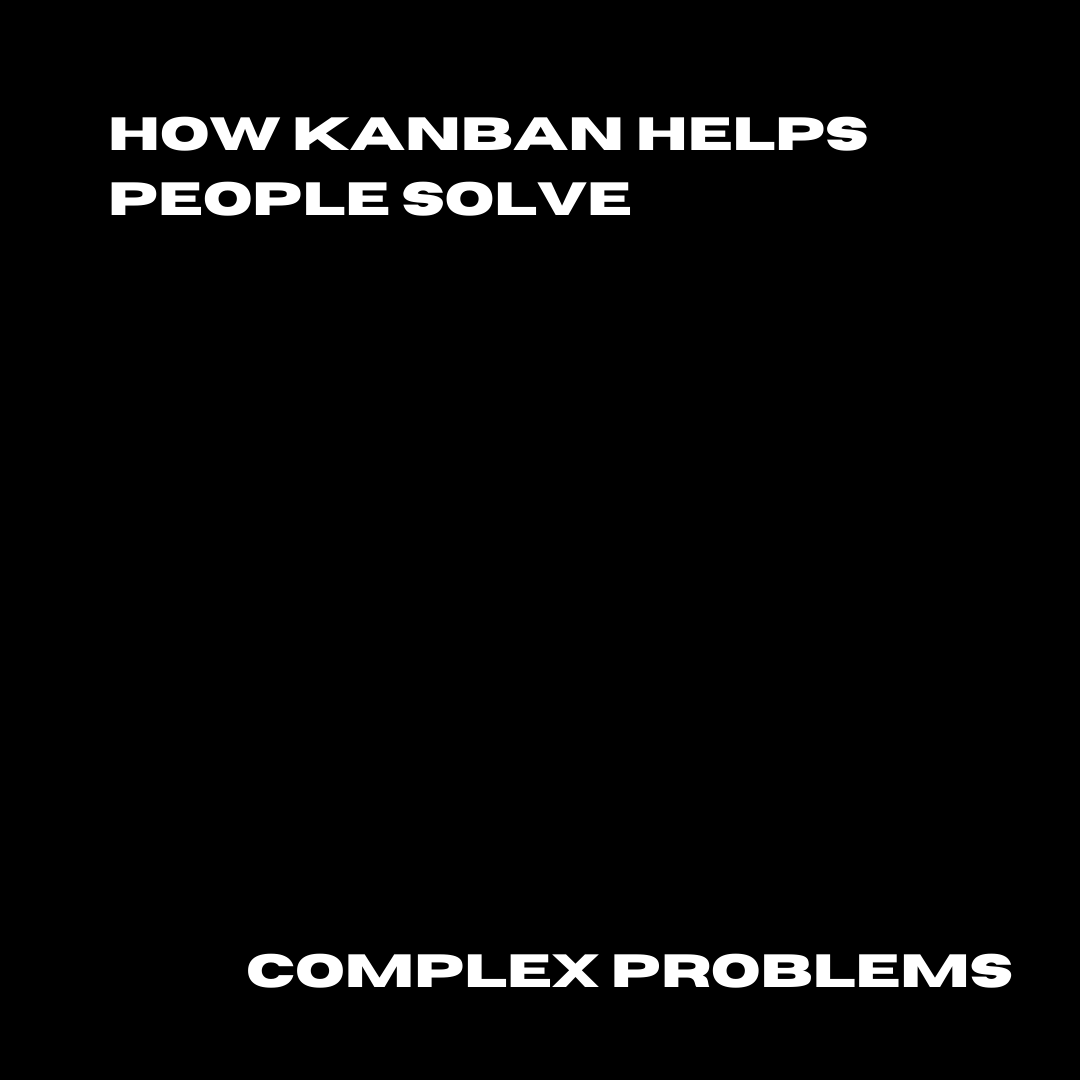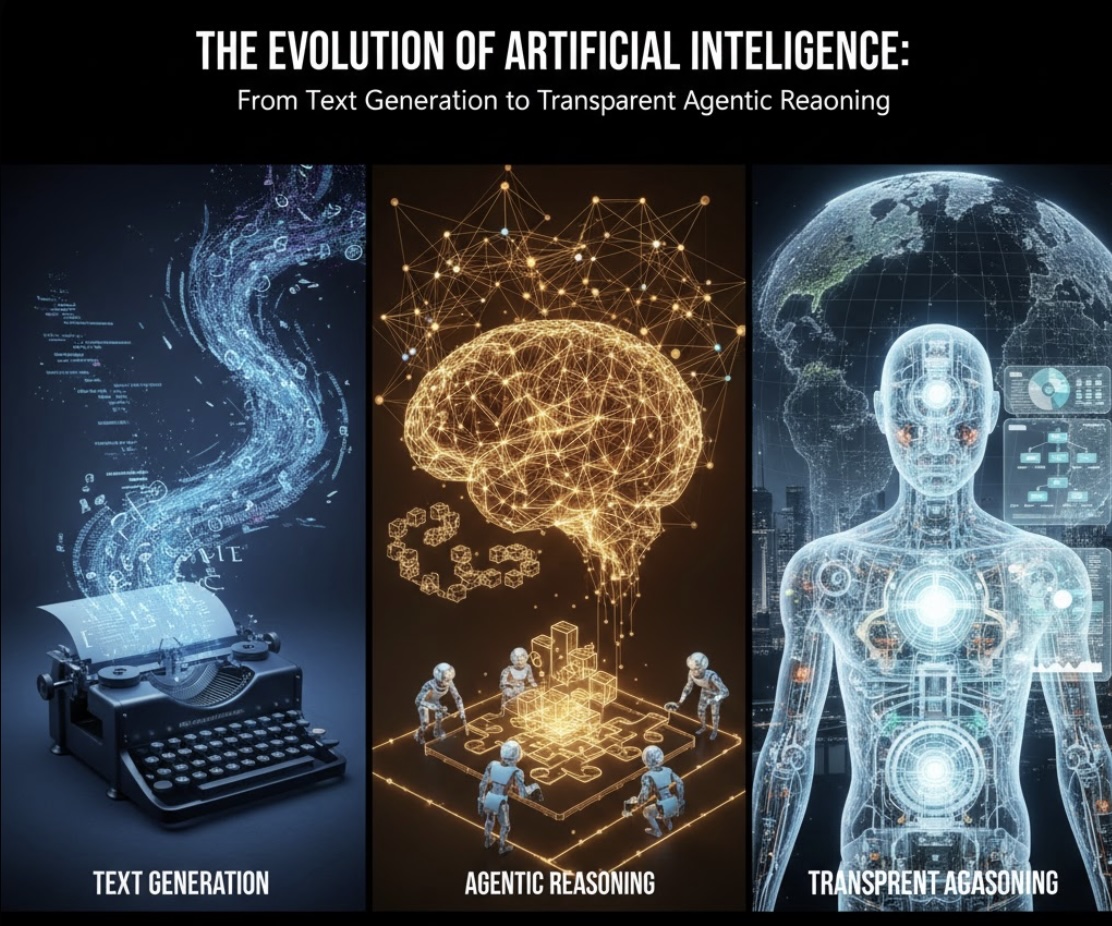Mar31

Kanban is a strategy for optimizing the flow of value through a process that uses a visual, pull-based system. It’s suited to complex problems because it helps deal with uncertainty, a central feature of complex professional knowledge work. Let’s explore the Kanban practices and its other aspects and how they apply.
Kanban uses system members to refer to the people working in tandem towards a goal. Those folks can be a team, group, crew, or individuals. Regardless, the first task is to define the workflow (DoW), which makes explicit what units of value to work on and how system members will manage them from start to finish.
The term kanban essentially means visual signal. The Kanban Guide gives us a structure for optimizing signaling to see any hiccups in our flow. We visualize the workflow via a Kanban board, which can include more than one workflow, if necessary.
While Kanban doesn’t require collaboration, its practices foster working together, which is ideal for complex work. Summoning the collective wisdom of system members to define the work and the process of starting and finishing brings a kind of order and clarity to the environment.
Kanban’s second practice is actively managing items in a workflow. This practice has system members examine the signals we’ve outlined above and address any issues in the workflow. We control how much work to bring into the workflow, spot and manage bottlenecks, and ensure work items don’t age needlessly. We examine impediments to work that appear to be stuck.
By regularly reviewing these signals, we avoid becoming overwhelmed and continually refresh our thinking and approach, allowing us to adapt to emerging realities and new knowledge.
Kanban’s third practice is improving the workflow where system members continuously tweak their workflow to achieve a better balance of effectiveness, efficiency, and predictability. System members can review and change the definition of the workflow at any time, including adding or removing columns. Changes can be small and incremental or large-scale if the situation warrants.
For example, when I worked in the marketing department of a fast-moving consumer goods company, I noticed that we were experiencing a bottleneck in our work but had no idea where it was in the system because we lacked visual signals. I suggested to the team that we create a swimlane on our board per dependency partner so we could see where things were getting hung up. After this change, we resolved the workflow issue with the department involved.
There is always a bottleneck in complex work; we would have unlimited capacity if there weren’t. Let’s not be too hard on people. Finding bottlenecks isn’t about blame.
Let’s create a definition of workflow (DoW) that works for the Kanban system members without even a hint of “big brother is watching.” I would argue that the Kanban board must provide value to the system members themselves; if there’s value to the “higher-ups,” it’s a bonus. Members are often aware of the bigger system within which they operate, and they usually see sense in some kind of (self-managed) coordination and strategic workflow(s) at higher levels.
Regular reviews of the workflow are recommended when dealing with complexity, either event-based or in a rhythm.
While it’s critical to maintain the integrity of the Kanban practices and measures regardless of environment, integrating Kanban with other approaches is possible and likely advisable. Combining Kanban with Scrum and Lean UX, for example, works well when the type of solution required for the need is unclear. Kanban helps us improve effectiveness, efficiency, and predictability, while Scrum and Lean UX allow us to discover to deliver when we don’t have enough data to inform us of what solution would meet the customer’s needs best.
The beauty of Kanban is that we can use it at all levels as part of a strategy to optimize value delivery.
Kanban is compatible with many types of knowledge work, including marketing, legal, people & culture, finance, and software. In my opinion, one would be hard-pressed to identify a sector that Kanban hasn’t touched.
Whether your team uses a Scrum or Kanban board or just “does work,” it’s crucial to coordinate the work across value streams, products, services, or projects. Using an aggregate collaboration Kanban board can help with governing delivery and dependencies. At the top level, this enables executives to be more in tune with how injecting new work fits the in-progress strategy and its impact on workflow.
In these times, value is not only about the organization, the customer, and the end-user; it is also about sustainability, the reduction of risk, and learning. Kanban is useful for achieving value in all of these areas.
A characteristic of complex work is that the way forward involves a lot of unknowns that we must adapt to and address as they become known. Kanban’s practices and measures help us to manage variables and workflow and use data for better decision-making in the face of uncertainty.
By John Coleman
Keywords: Agile, Change Management, Management
 The best is in the middle: why the C-suite must be the top bun
The best is in the middle: why the C-suite must be the top bun The Philosophical Schism in AI: Language, Causality, and the Divide Between LLMs and World Models
The Philosophical Schism in AI: Language, Causality, and the Divide Between LLMs and World Models The Hidden Cyber War on Wheels: Why Electric Vehicles Have Become a National Security Concern
The Hidden Cyber War on Wheels: Why Electric Vehicles Have Become a National Security Concern The Evolution of Artificial Intelligence: From Text Generation to Transparent Agentic Reasoning
The Evolution of Artificial Intelligence: From Text Generation to Transparent Agentic Reasoning In Order to Develop Your Future Leaders — You Need to Let Go
In Order to Develop Your Future Leaders — You Need to Let Go